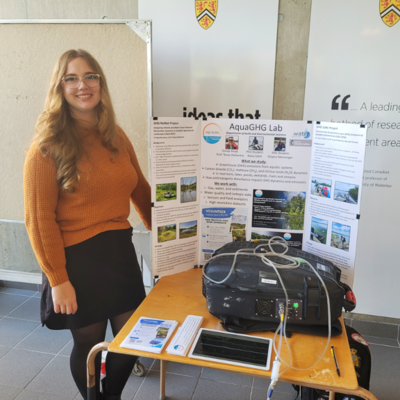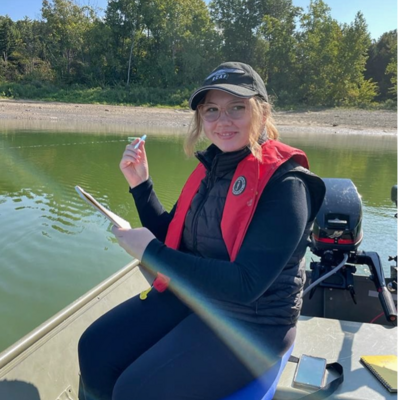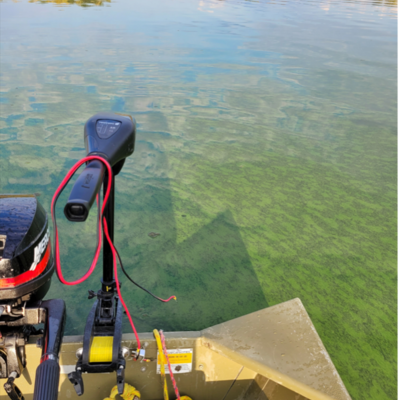Restored Wetlands: Climate Heroes or Villains?

A WaterLeadership Snapshot
WaterLeadership Snapshots feature articles written by graduate students participating in the Water Institute’s WaterLeadership training program, which focuses on skills development in knowledge mobilization, leadership, and research communication. Here, students describe the value of their research and its potential for ‘real world’ impact.
WaterLeadership is open to all University of Waterloo graduate students, particularly those studying water. Learn about how you can participate in future sessions.
By Shayna Meinzinger
Wetlands have garnered recognition for their significant contribution to the pursuit of net-zero emissions as they can proficiently store carbon over time. However, it is imperative to note that these ecosystems emit substantial amounts of greenhouse gases. In fact, wetlands are the largest single source of methane (a stronger greenhouse gas than carbon dioxide)!
Wetland restoration has been proposed as a nature-based solution to limit the frequency of algal blooms in the Great Lakes, specifically Lake Erie. My research aims to quantify greenhouse gas emissions and analyze their dynamics within restored wetlands, ultimately assessing the climatic impact of restoration efforts. The project underscores the importance of meticulously assessing the dynamics of greenhouse gas emissions to propose a solution that aligns with Canada’s global climate objectives.
This study is relevant because despite reductions in nutrient inputs to Lake Erie, algal blooms are still regularly occurring. Over 68% of wetlands in southern Ontario have been drained for agriculture and development, presenting a significant opportunity for mass restoration in these regions aimed at limiting eutrophication in Lake Erie. Research is crucial to better understand the equilibrium between the ecosystem services of restored wetlands and their climatic impact.
MSc student Shayna Meinzinger is conducting research within the AquaGHG Lab team, led by Tonya DelSontro at the University of Waterloo. The team is investigating greenhouse gas emissions from eight restored wetlands near the Lake Erie basin. They will monitor the greenhouse gas dynamics and several environmental drivers in the restored wetlands study sites thoroughly. Meinzinger will investigate the relationships of drivers related to water chemistry and hydrological parameters with the greenhouse gas emissions from the southern Ontario sites. The methodology involves monitoring water chemistry, isotopes, hydrological parameters, as well as relevant gas emission pathways.
This research timely aligns with the Paris Agreement, the Global Methane Pledge, and the Great Lakes Water Quality Agreement. By understanding the trade-offs between wetlands as water quality solutions and greenhouse gas emitters, we can better assess the impact of wetland restoration on climate change.
This research is funded by a Natural Sciences and Engineering Research Council of Canada (NSERC) Alliance grant under the project ‘Designing Climate and Water Smart Wetland Restoration Scenarios for Canada’s Agricultural Landscapes” with Principal Investigator Nandita Basu and collaborators, Pascal Badiou and Bryan Page from Ducks Unlimited Canada.
Photo: Restored wetlands in Chenango County, N.Y. by Chesapeake Bay Program via flickr.





